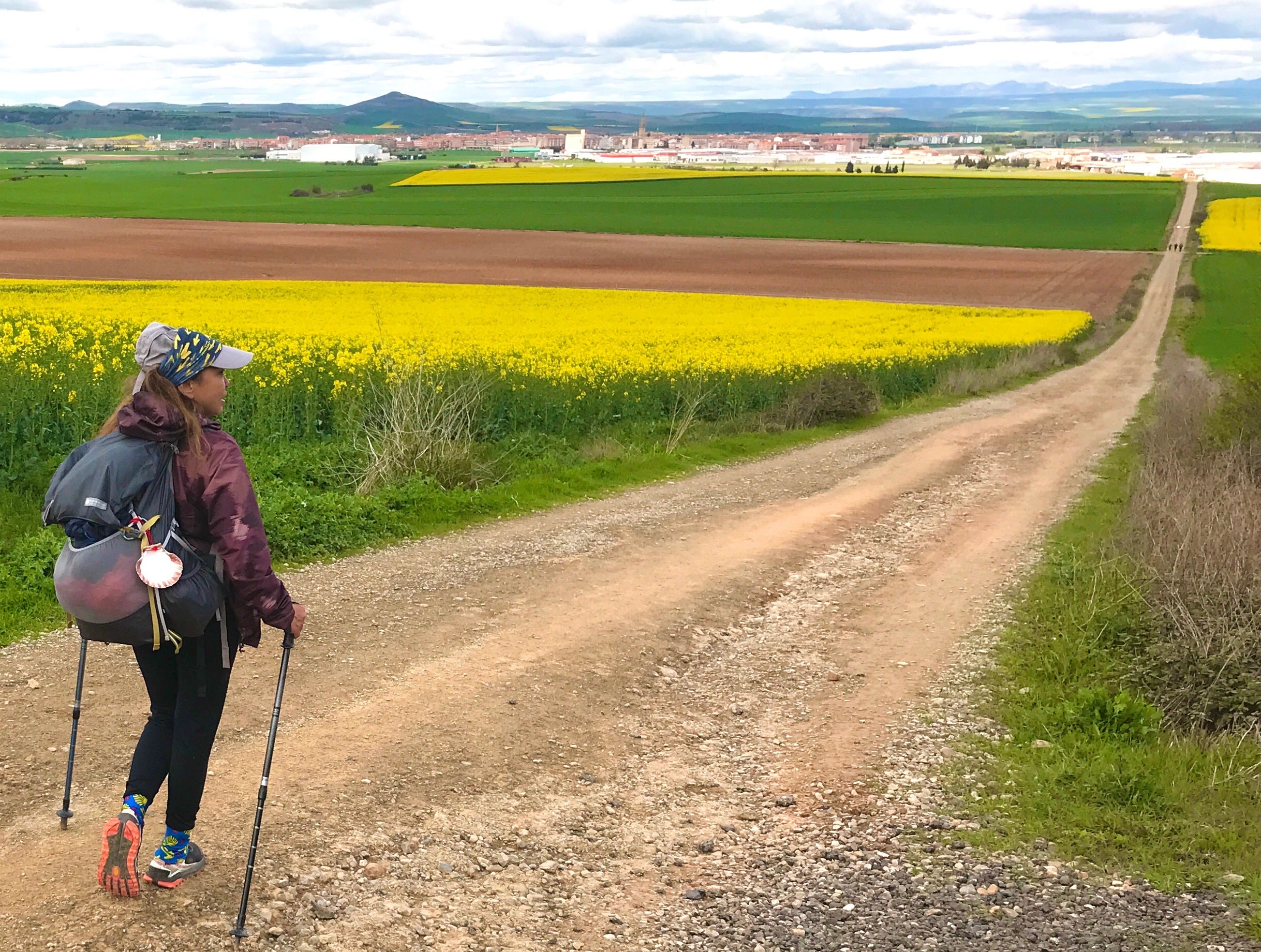Part 3: Burned out and Bummed Out in Spain: Camino de Santiago for Beginners
Part thre of a four-part series. A five minute read.
Update: Dear Friend, By the time you read this, I am again walking the Camino de Santiago, this time via the Camino Inglés. I’ll tell you more when I come back. Meantime, back to Part 3 of our four-part series, “Burned out and Bummed out in Spain.” Check out parts 1 and 2 here.
Given that I started this journey with a gloomy state of mind, it was no surprise that I was critiquing every slight deviation from my expectations. For example, I was inwardly whining that my vision of being a solo hiker on remote trails, on a quest for ancient relics was not happening. (Tip: The Camino can be crowded. Temper expectations and accept reality.)
I noticed that if I started walking between 7 to 8 a.m., I would be in a parade of pilgrims heading out to the next town. It felt more like grade schooler going to assembly than Indiana Jones. But whenever I headed out a little later, for example, between 9 or 10 a.m., then I would have the trail all to myself. I loved being alone on the Camino.
I felt one with the mystics and sinners through the ages who walked these same pastoral lanes and forest trails, strolled through sleepy medieval towns on siesta, and trod these ancient Roman stone paths winding through olive groves. I was free and at peace, a silent seeker joining a walk that has lasted two millennia.
CRYING WHILE HIKING. MY BIGGEST MISTAKE
As they say, be careful what you wish for. Heading to Los Arcos, I found myself, once more alone, in the middle of a field that seemed to stretch for miles. But this time, wild winds whipped through the plains, sometimes knocking me down. Lightning flashed overhead. The skies were gray and ominous. It felt like a storm was about to hit. (Mistake: Not checking the weather forecast the night before, not adjusting walking plans accordingly. Complacency.)
There was no one around to ask help from, or structures where I could shelter. It was later in the afternoon, and the next town, Los Arcos, was still not in sight. I wondered if I would still be here, caught in a storm, when night fell. Utter fear gripped me.
In the middle of nowhere, not knowing what to do except to keep on walking, I broke down and cried, and prayed like nobody’s business. (Biggest mistake: I didn’t know how to reach emergency services in case the worst happened. Again, complacency. Tip: The national emergency line in Spain is 112. )
After what seemed like hours of hiking, crying, and praying non-stop, the winds died down.
On the horizon, I saw dark clouds parting. A ray of sunlight broke through, illuminating a palatial structure atop a hill. I couldn’t believe my eyes. I was in the middle of a stereotypical metaphor for hope and redemption. It felt very much like the unfolding of a miracle.

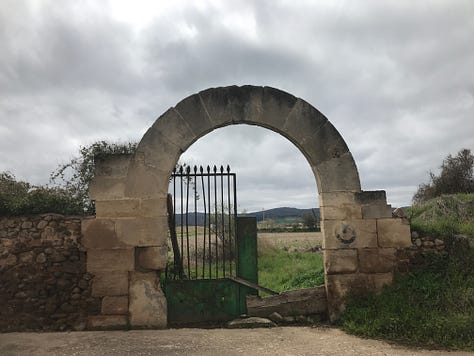
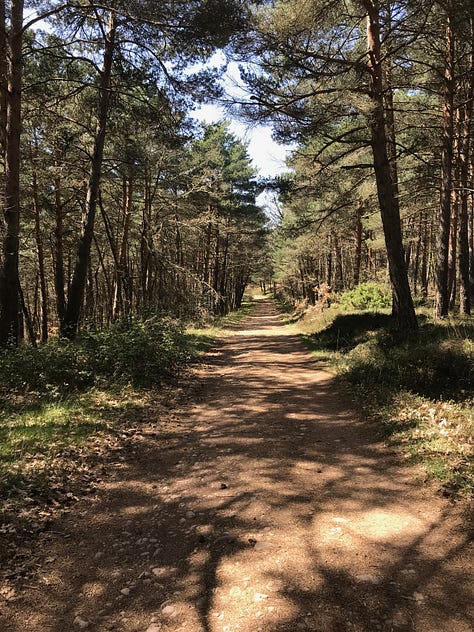


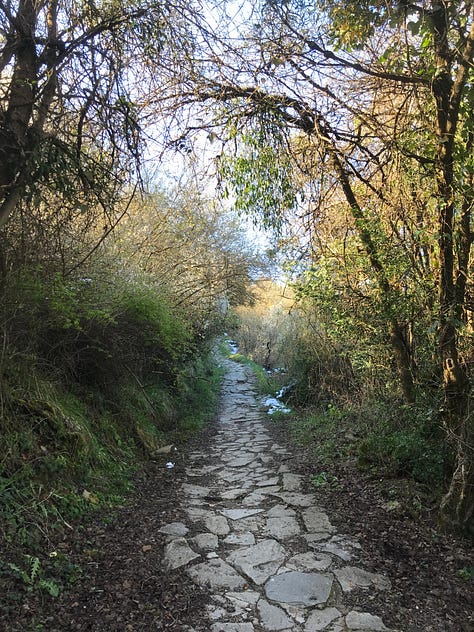

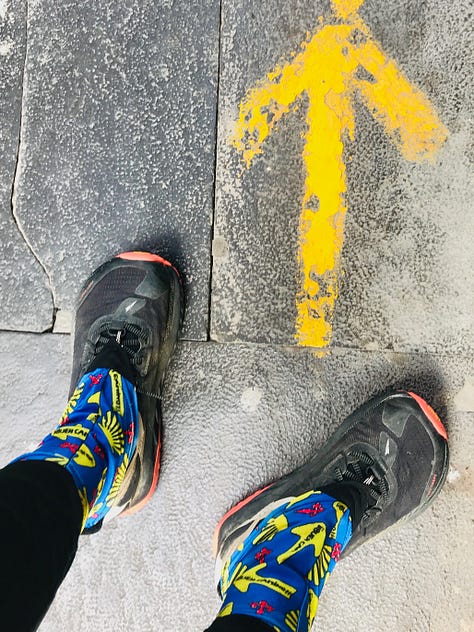
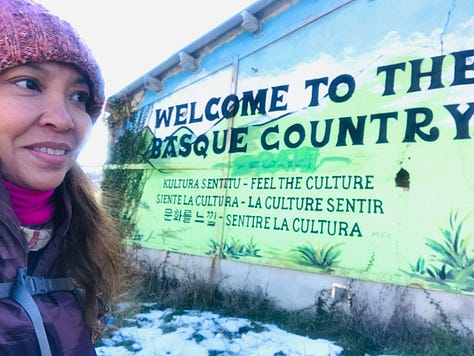
THE KINDNESS OF STRANGERS
On the outskirts of Los Arcos, I asked an older man for directions to my hotel for the evening. He offered to drive me to my hotel, and I accepted. (Tip: Pilgrims, in my experience, are generally beloved along the Camino. Strangers will go out of their way to help you. Use your common sense and instincts when accepting help.) Later that evening, this man, who turned out to be one of the wealthiest farm owners in town, and his big shot friends, including the town’s former mayor, took me out to dinner. The town patriarchs embraced me as their special visitor.
They spoke no English, and even with my halting Spanish, we all somehow enjoyed each others’ company. I was overwhelmed by the hospitality and the kindness they showed me, a total stranger, all because I was walking the Camino. (Tip: If you can, try hanging out with locals.)
BACKPACK SUPPORT, BURNING OUT IN BURGOS
Carlos, a Panamanian pilgrim I met on the way to Burgos, turned me on to using luggage transfer services. The process is super simple: just text the luggage transfer service the day before, ask them to pick up your backpack from your current lodging in the morning, and tell them to which lodging you need it transported. You can then hike out the next day, with only your light daypack, confident that your backpack will be waiting for you at your next lodging. This service costs between 5-8 euro a day. (Tip: There are a lot of guilt trips around using luggage transfer services. It’s your body, and therefore, your choice to use it or not.)

Once I started using this service, I never turned back. After a week or two of daily hiking, I was stronger. And now that I was walking with a much lighter daypack, I was able to hike faster, and do longer miles. I took another day off and spent a fun Easter in Burgos with other pilgrims.
But in Burgos, I sensed an old familiar feeling creeping back. My mental game was off. I was getting burned out again. I was asking myself why I was putting myself through this. Thoughts of quitting arose. (Mistake: Ignoring these thoughts. A better option is to examine them, and address their root causes.)
Instead of listening to my body and giving it the rest it was so obviously crying out for, I pushed even harder from Burgos. At my peak strength, I was hiking up to thirty miles a day. (Tip: Hiking long miles is not always the best idea, even if you’re capable. Pacing is key.)
AMAZING SPANISH HEALTH CARE, END OF THE ROAD?
On my way to Astorga, I felt a stabbing pain in my shin. I hobbled into the Hotel Astorga (by this time, I had given up on albergues and was reserving private rooms that cost upwards of 30 euro) and asked for urgent care.
The Spanish health care system is amazing. I was quickly seen by a trauma specialist at an urgent care clinic. That visit would have cost thousands in the U.S. All I paid was a flat 100 euro. The doctor said with rest and medication, he was confident that I could still make it to Santiago, but I had to slow down and lower my mileage. (Tip: the Camino is full of experts in pilgrim ailments. They’ve seen it all, so don’t hesitate to walk in-health care is affordable.)

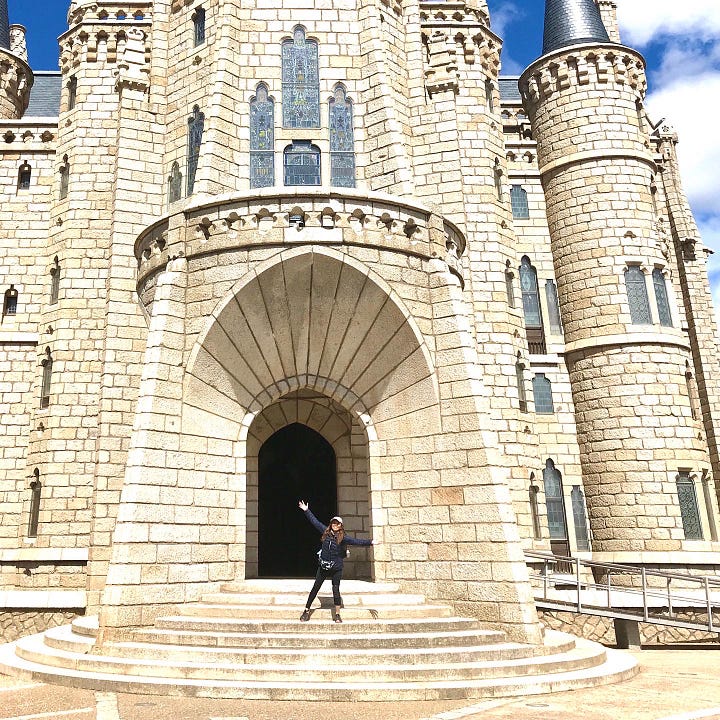
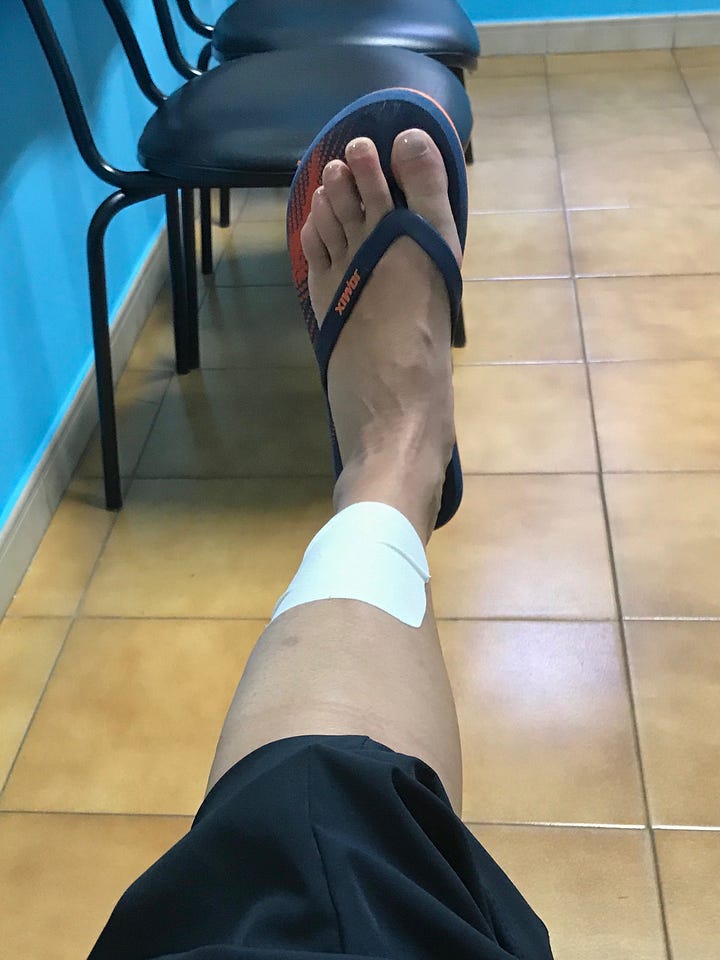
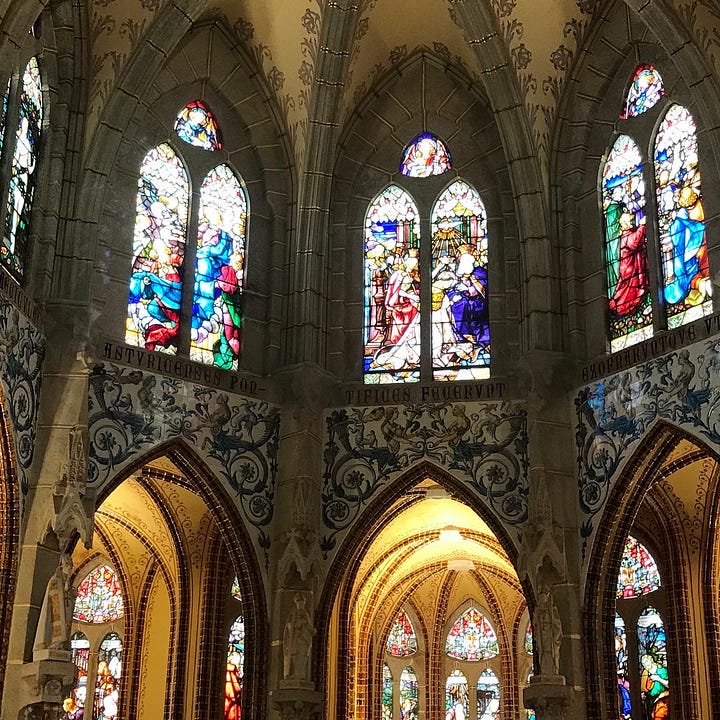
After two days off in Astorga, I made my way out, slowly and steadily, with many breaks. As I approached the town of Rabanal de Camino, which was just 2.5 miles away, I sat by the roadside. The pain had become unbearable. I could no longer walk.
I wondered if my leg was now permanently damaged. Was this the end of the road, the end of my Camino?




